Kingston HyperX Beast DDR3 2400MHz 8GB Memory Kit Review
Chris Hadley / 12 years ago
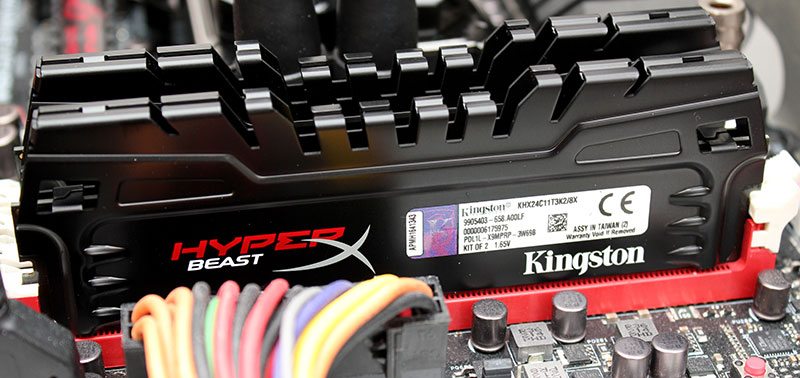
Late last year we had a look at the then latest addition to the HyperX lineup of memory kits with the Predator 8GB 2666MHz kit with top end speeds and kits that ranged right up to 32GB in capacity and in their latest addition, Kingston have got a new line of kits to add to the collection, but they’re not quite what we’d call new under the surface. Whilst the Beast kits bear a new suit of black heat spreaders, the memory that lies underneath is taken from the Predator kits, however these kits only range up to 2400MHz whilst packing capacities right up to 64GB and lies upon a black PCB the match the heat spreaders.
The new Beast kit lies in between the Genesis and Predator kits in grand scheme of things now giving nine different memory types to choose from and this is the next to top end kit to chose from the entire lineup so I’m looking to see some good performance figures from the kit as I work to put it through its paces.
The black heat spreaders do extend above the PCB which is something that is only seen otherwise on the Predator Hyper X kit and this can cause some compatibility issues with some heat sinks, but with more people moving towards closed loop water cooling options and heat sink manufacturers, addressing the compatibility with items that now clear more kits, this is less of a problem that it once used to be.
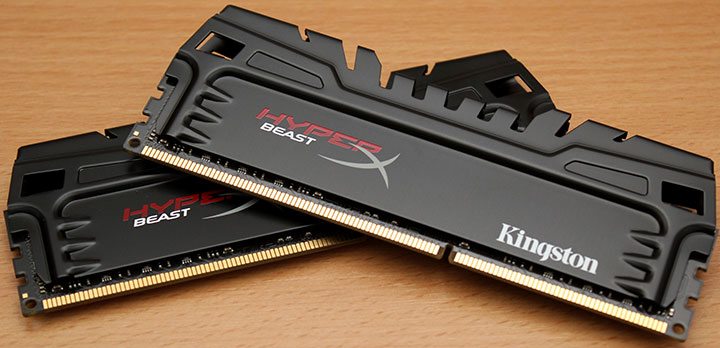
Test system:
- Asus Maximus V Formula
- Intel Core i7 3770k
- AMD Radeon HD 7970
- Corsair H100i
- Corsair HX1050W
- Kingston HyperX 240GB SSD
- Lian Li T60
- AOC E2795VH
Enabling the X.M.P. profile we can see the Hyper X beast uses an average set of timings at 11-13-13-30 with a moderate 2T command rate whilst running at the top specified sped of 2400MHz.
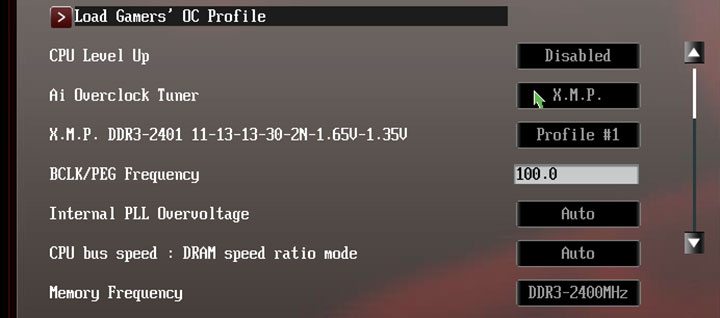
After CPU-Z had confirmed our settings had been applied, we fired up AIDA64 to check the stock performance of the memory on our Z77 motherboard.

At stock the HyperX beast gives a rather average set of bandwidth results of 21209MBs/ read, 18800MB/s write and 23173MB/s copy with a good latency of 35.3ns. We’ve seen before that overclocking does have a good impact on memory write speeds so there is good scope for unleashing some hidden performance with minimal effort.

Keeping the kit at its stock timings to start, the first step is to overclock the CPU to 4.5GHz to open up some extra headroom within the memory controller and allow the memory to overclock more freely. From there the next step is to raise the memory divider to 2600MHz and with a successful boot the next divider 2666Mz resulted in a series of boot loops – not too surprising considering this speed is getting to the limits of what our CPU can handle. Working on the 2600Mz divider, the BCLK was the next port of call, however with the memory restricted to stock timings, there was no extra speed to be found.
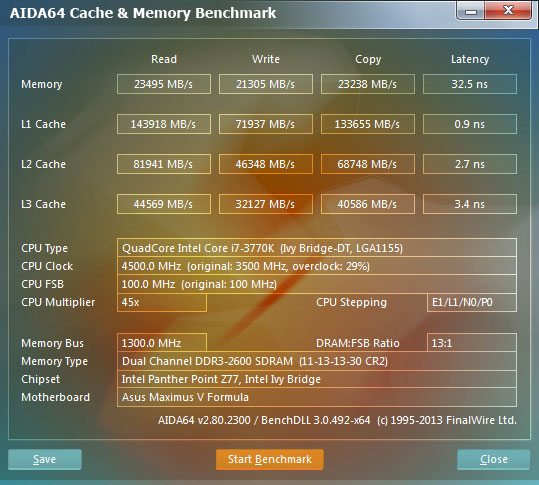
As expected from overclocking, the write speed sees the greatest improvement in bandwidth, rising up to 21305MB/s. The read speed also sees a reasonable gain up to 23495MB/s whilst the copy stays fairly close to stock at 23238MB/s. There’s also a good drop in latency down to 32.5ns.
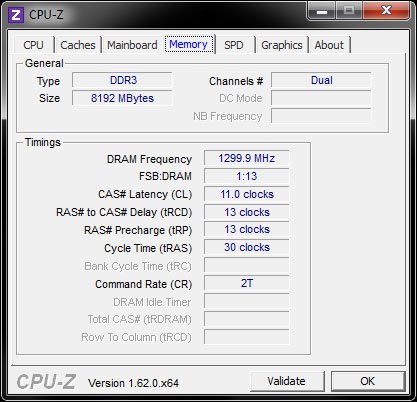
Following a good overclock at stock timings, its time to let the motherboard take the leash on the timings as we see how far this kit really can go. Once again the 266Mz divider was tested just to see if there was a boot possibility, but once again this was a restriction by the CPU. Working on the BCLK, an extra 21Mz was there to be played with and with the timings fairly close to stock at 11-13-13-35 2T the memory should see some significant gains.
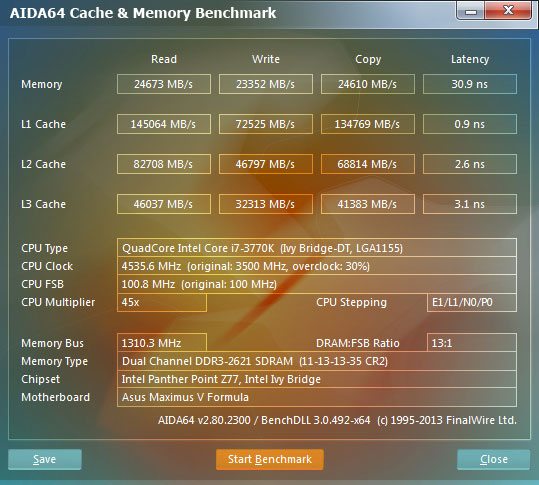
Given the ever so slight overclock, there is a good gain all round in performance, with read speeds rising to 24673MB/s write to 23352MB/s and copy up to 24610MB/s. Yet again there is also a good drop in latency, right down to 30.9ns.

Pushing just over the 2600MHz barrier seems to have a considerable effect on the kits performance and even when booting Windows, this extra performance is clearly noticeable, especially with the drop in latency from 35.3ns to 30.9ns.
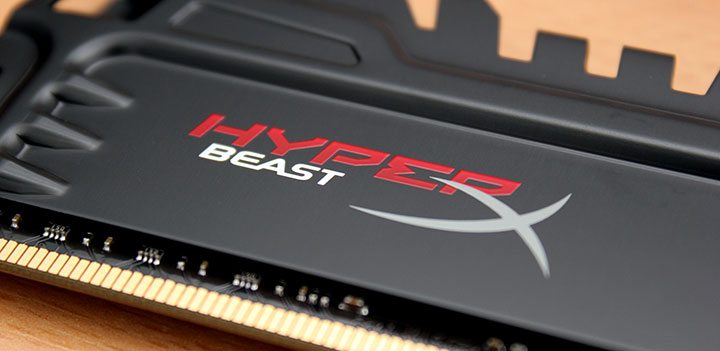
Priced at around £80, the HyperX Beast kits are certainly not a budget option, but what they do offer is top level performance for a price that is only a fraction below that of the Predator kit of that same speed and capacity. Whilst there is a minimal difference in price I’d say this is the better kit to go for, both in terms of performance, but to me they look far superior to the top level kits with their black PCB’s and more well designed heat spreaders. For anyone that’s in the market for a well priced, high performance kit, considering this is capable of speeds in excess of 2600MHz with minimal effort and with great results, Kingston’s HyperX Beast is one animal of a kit.




















